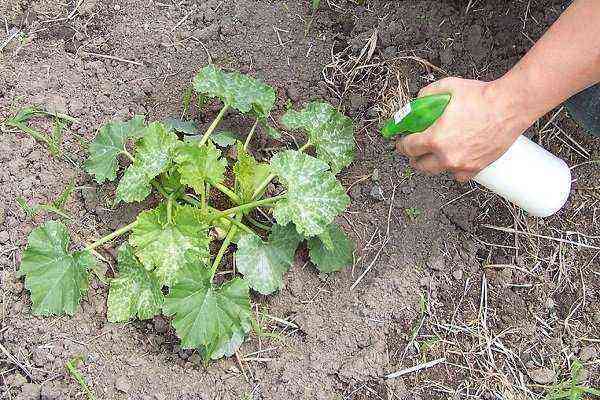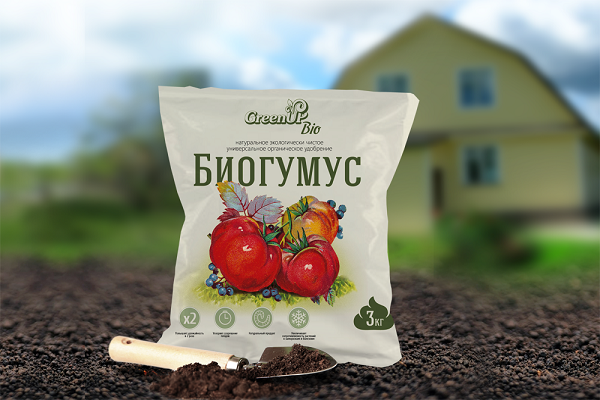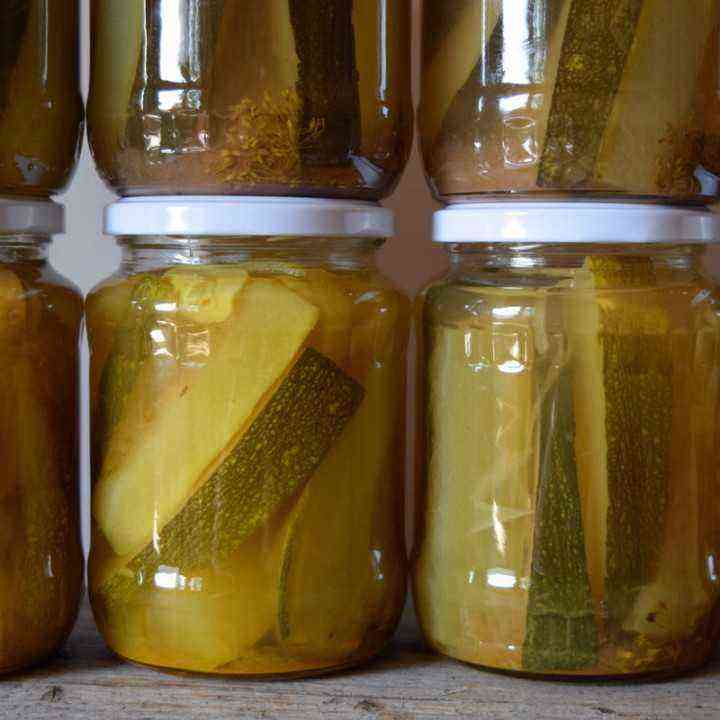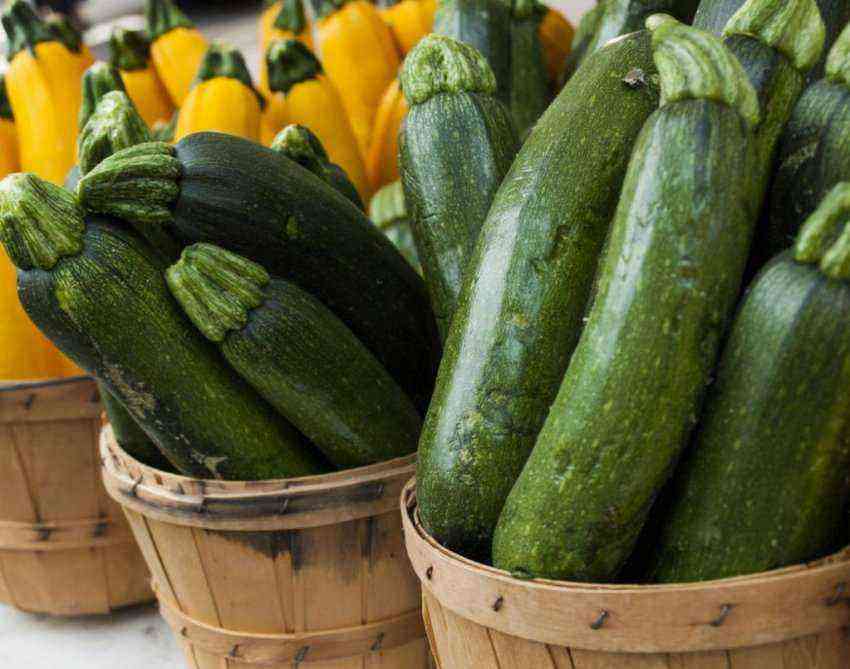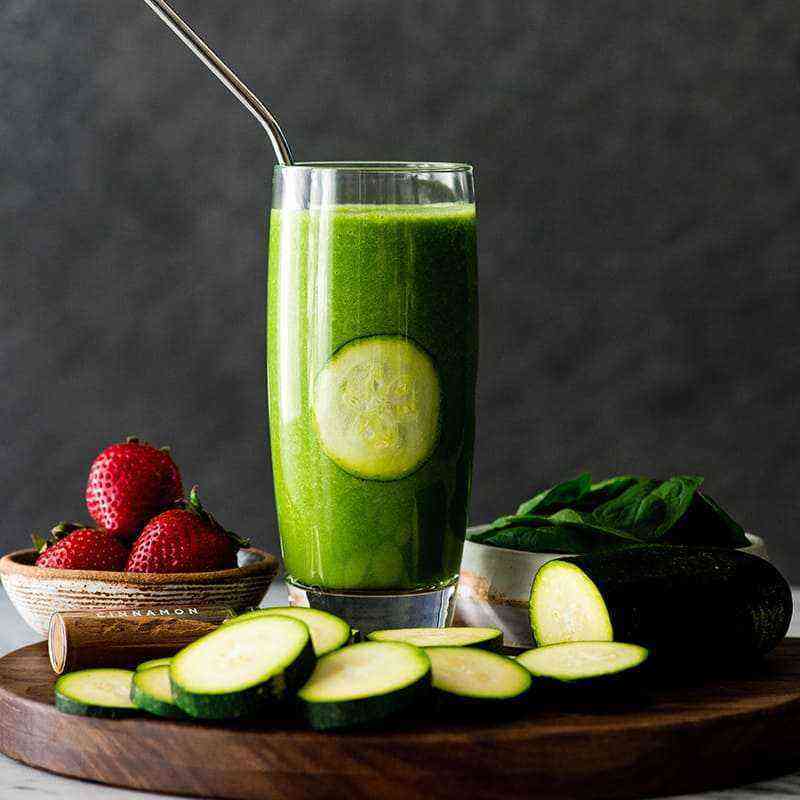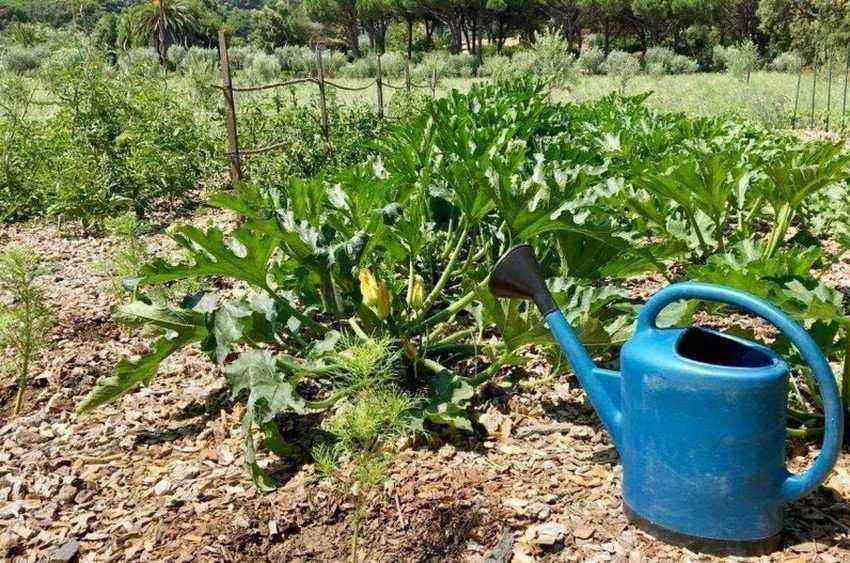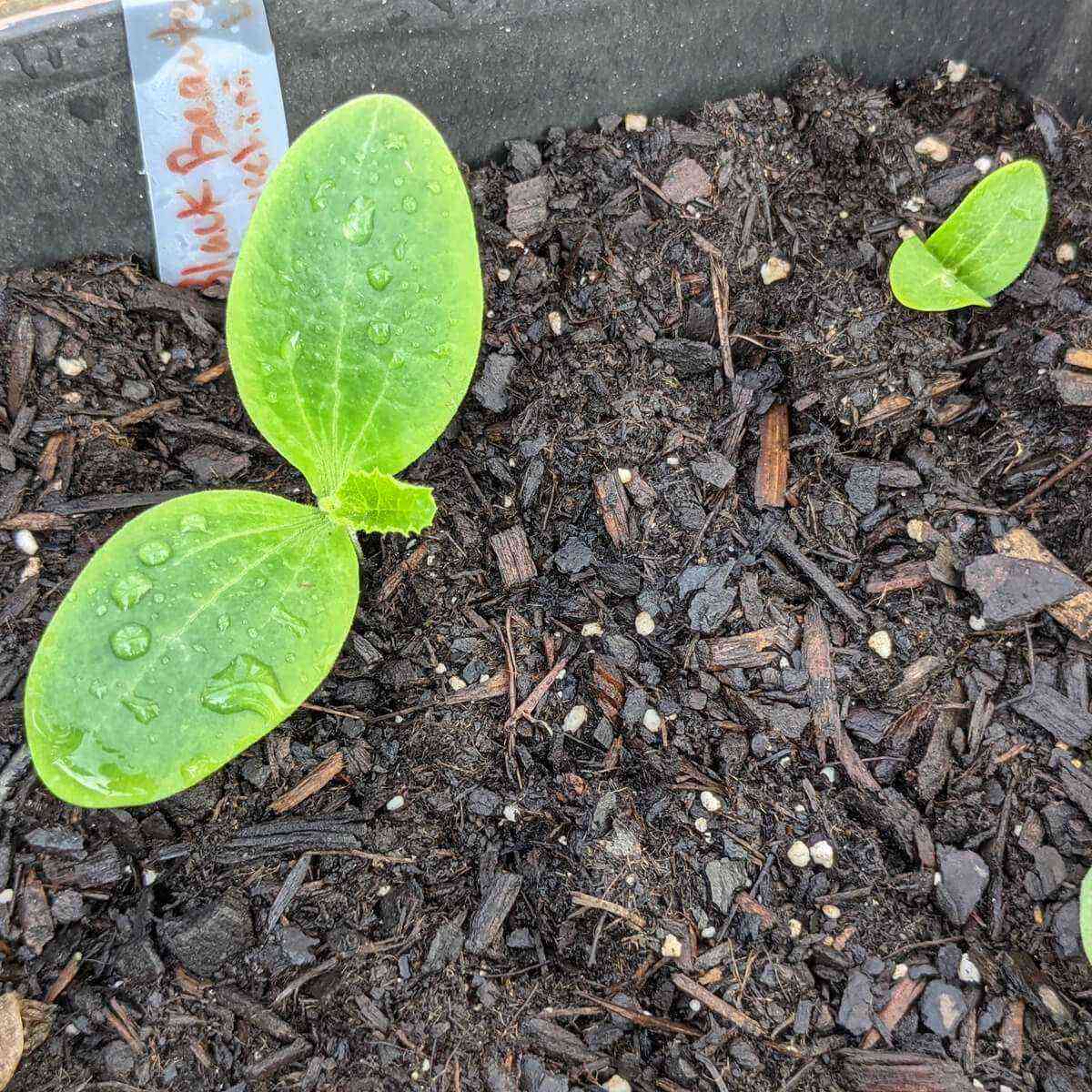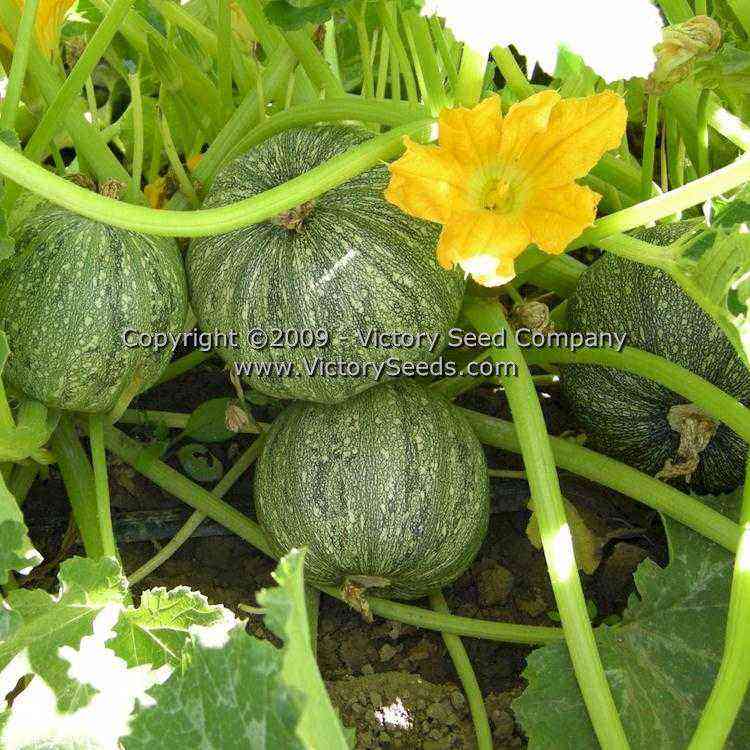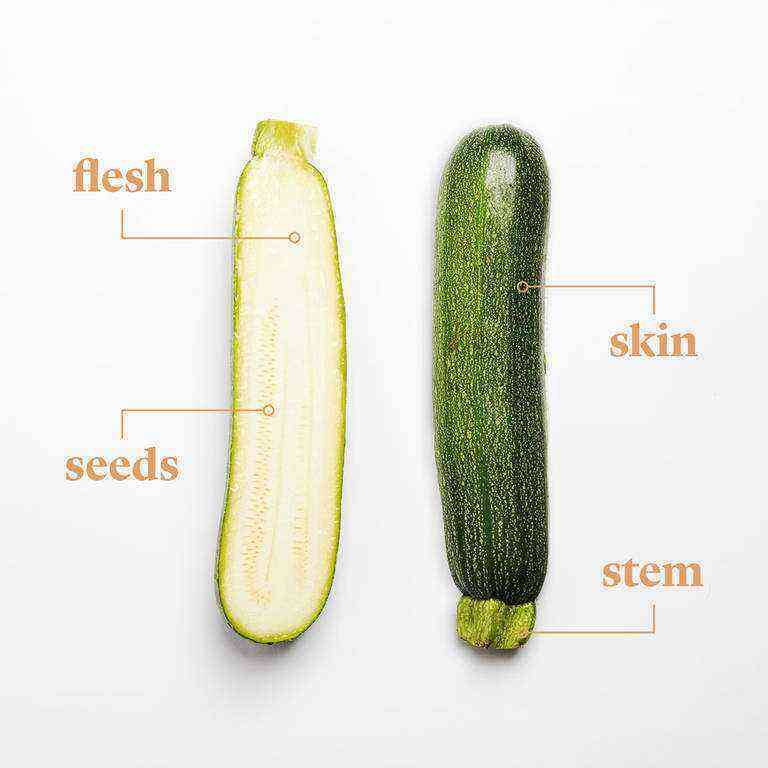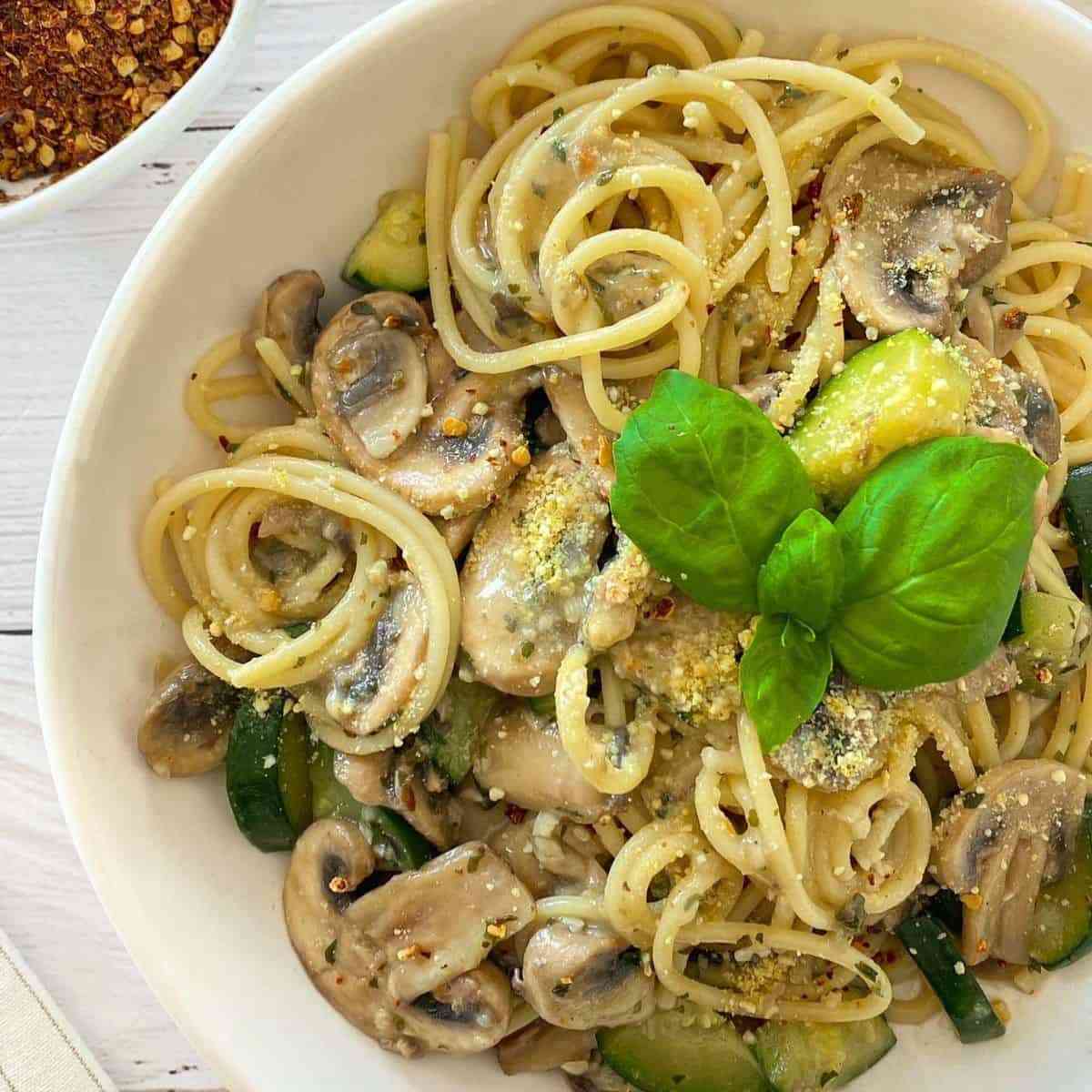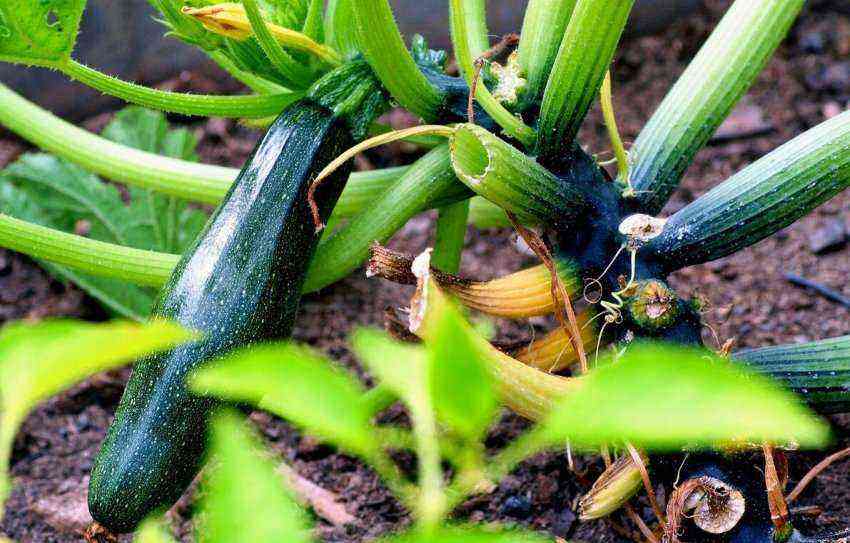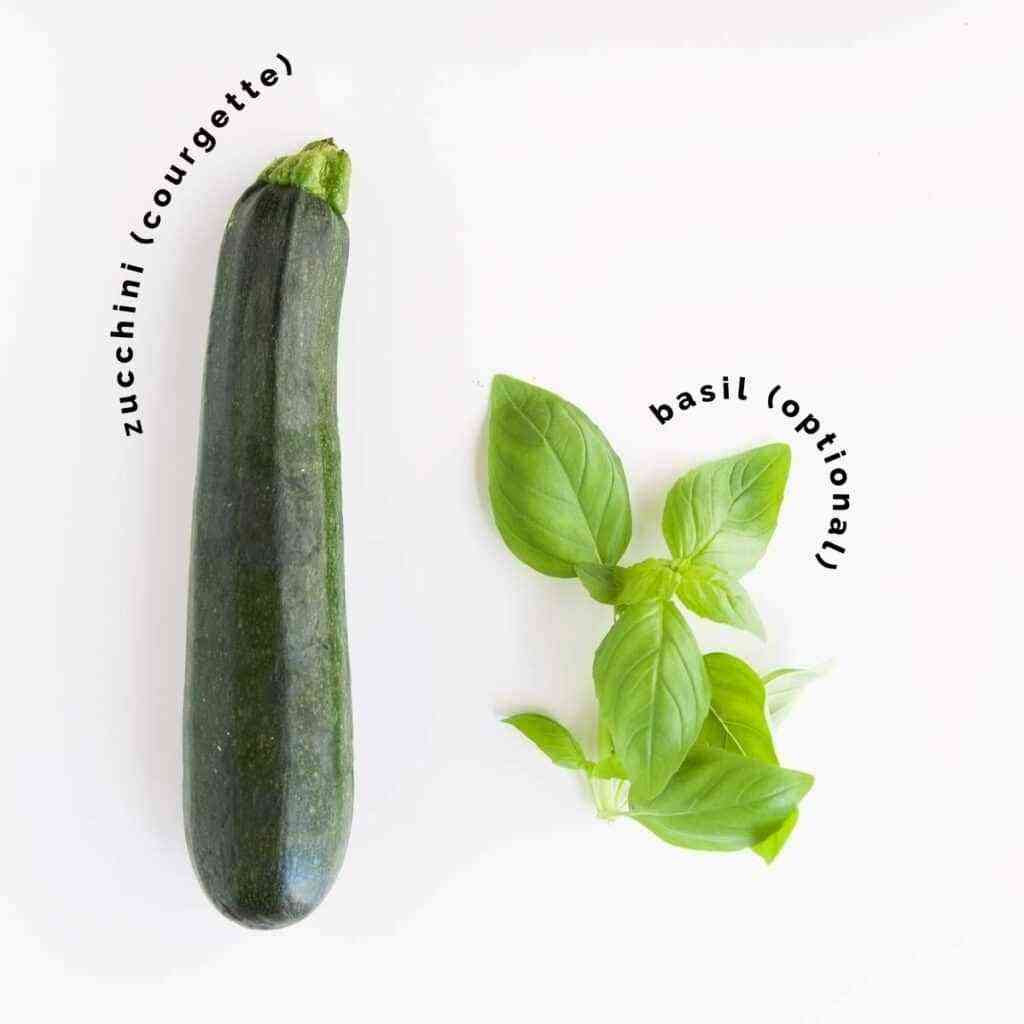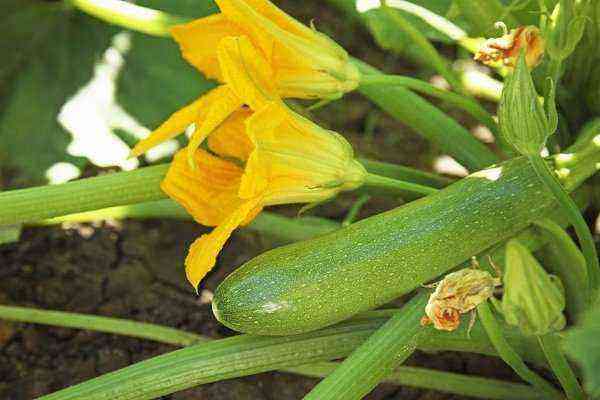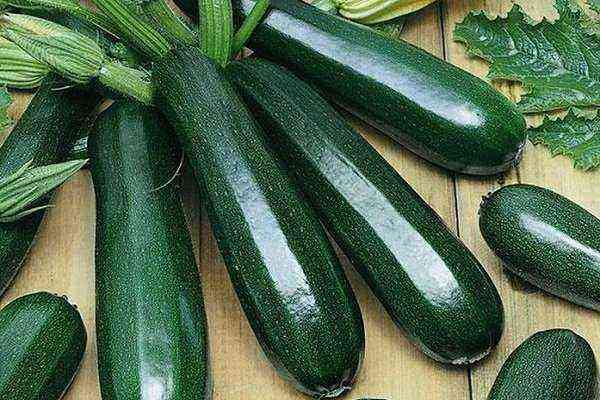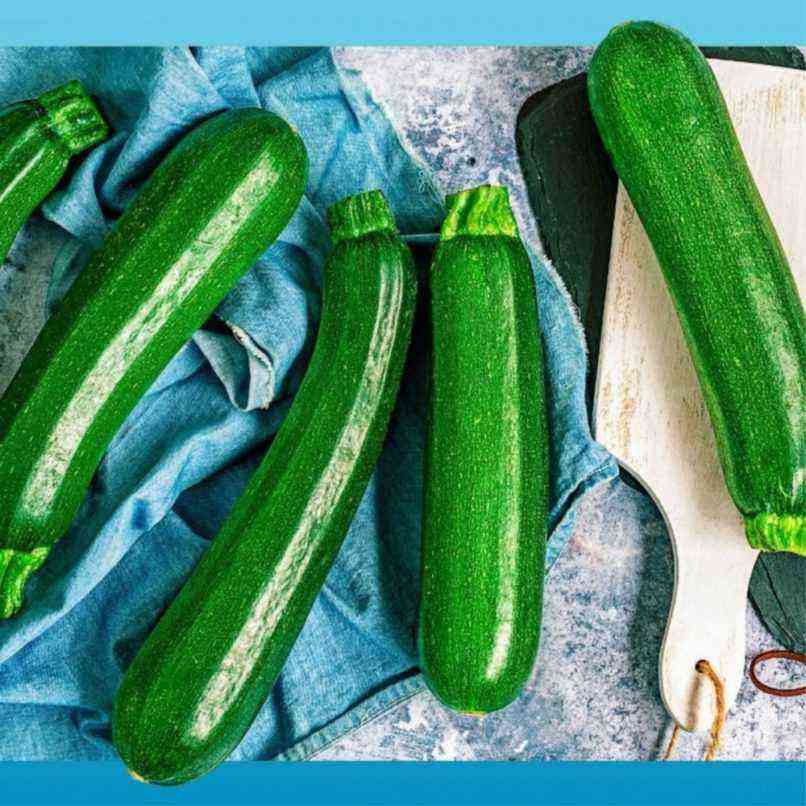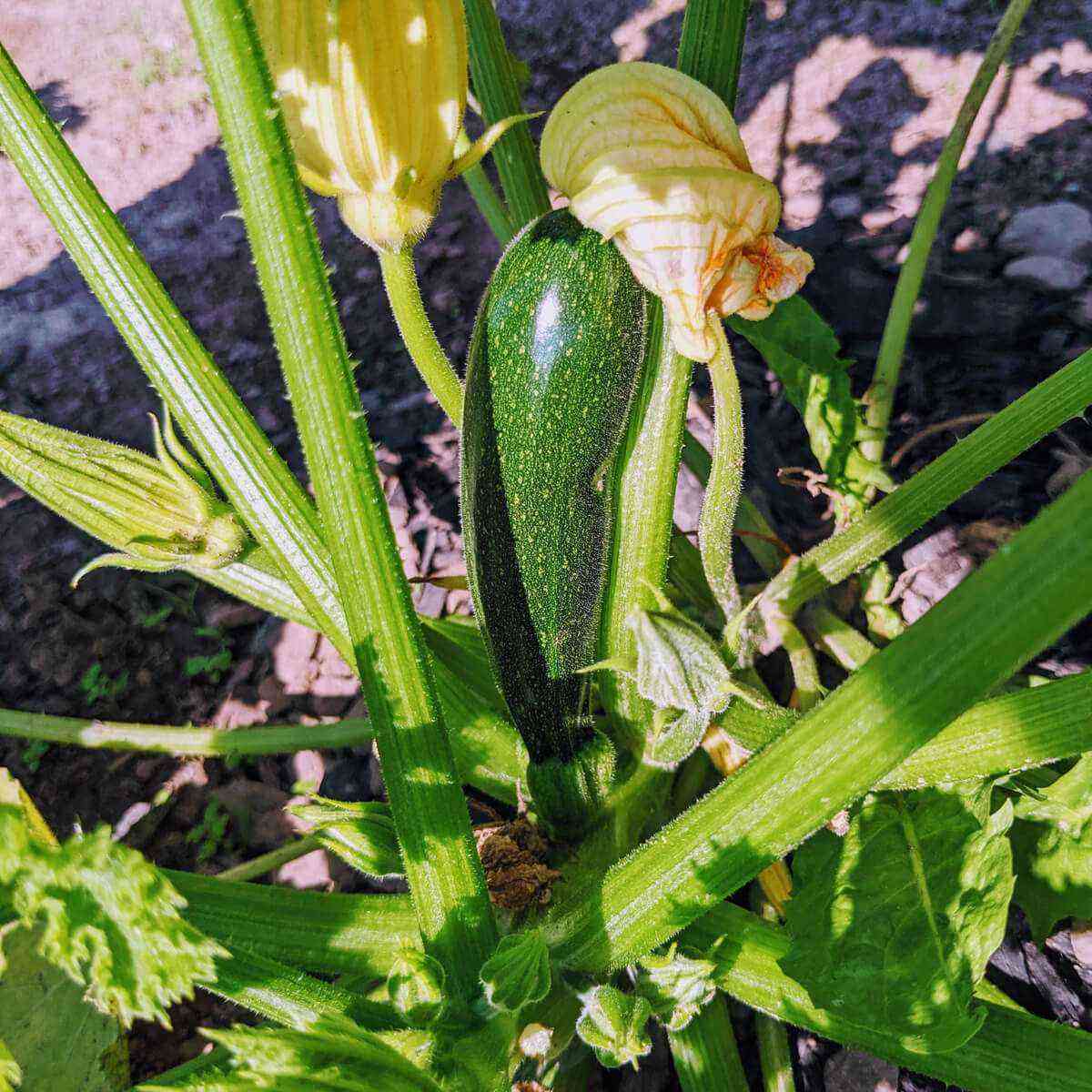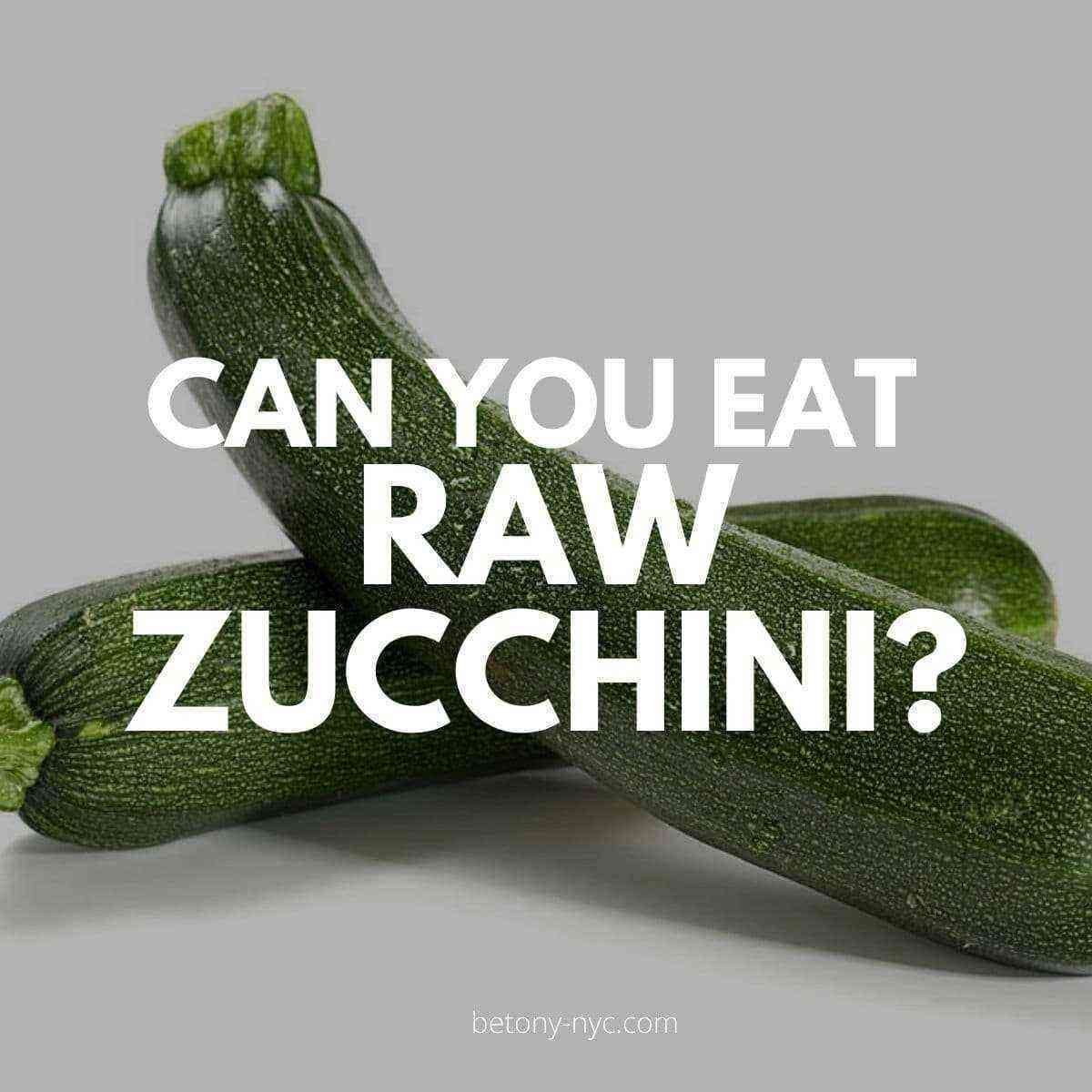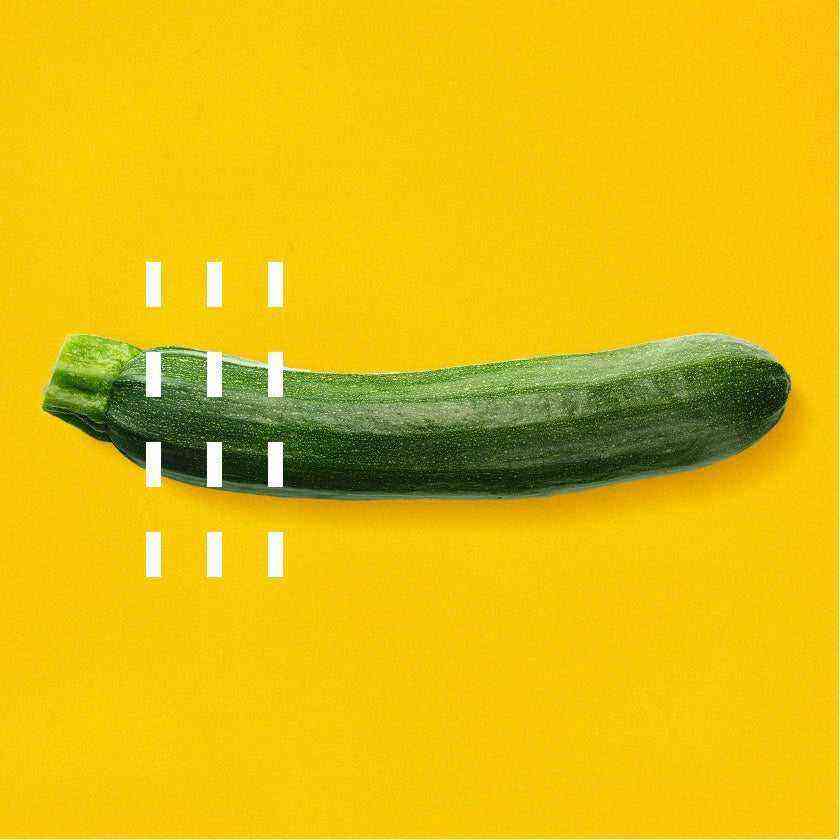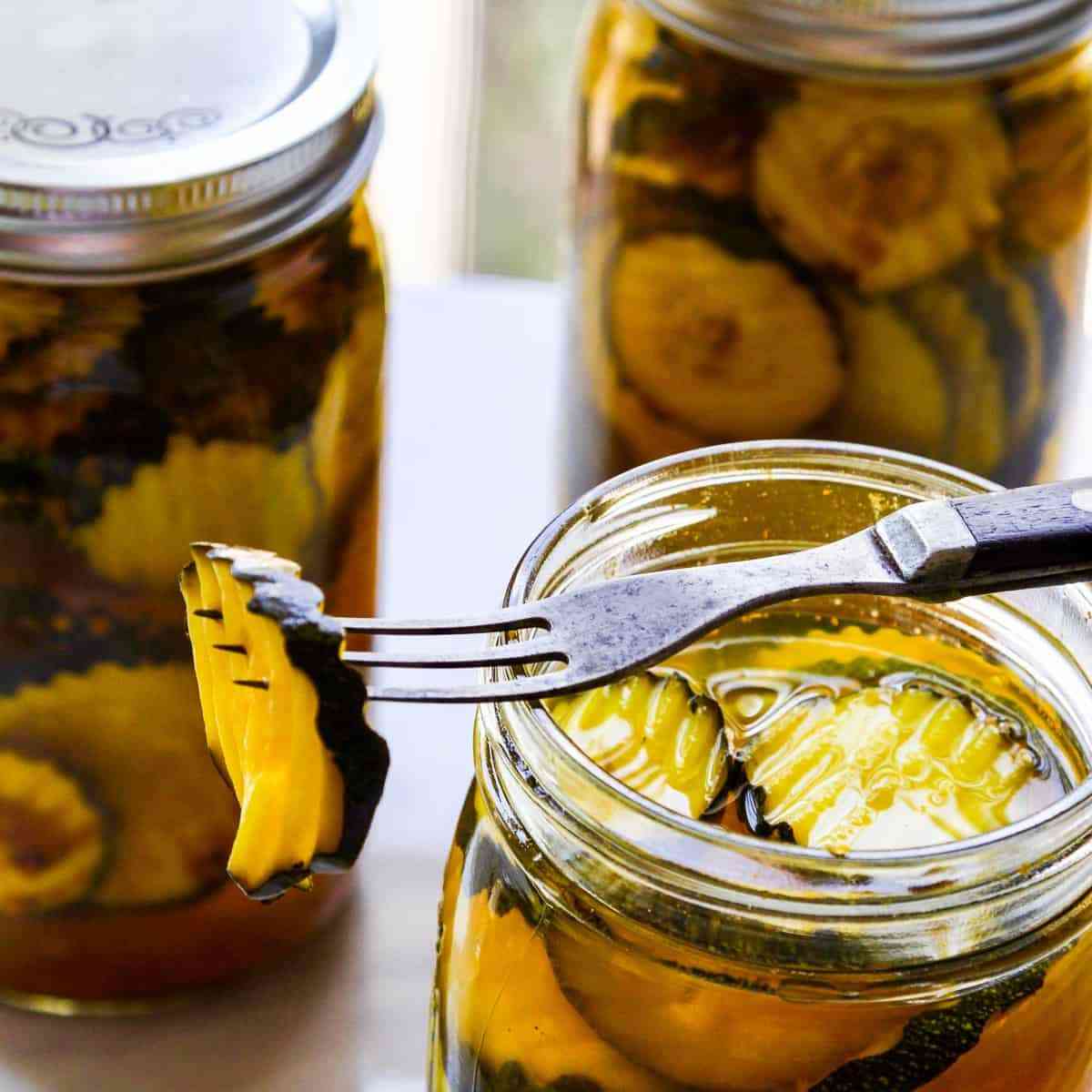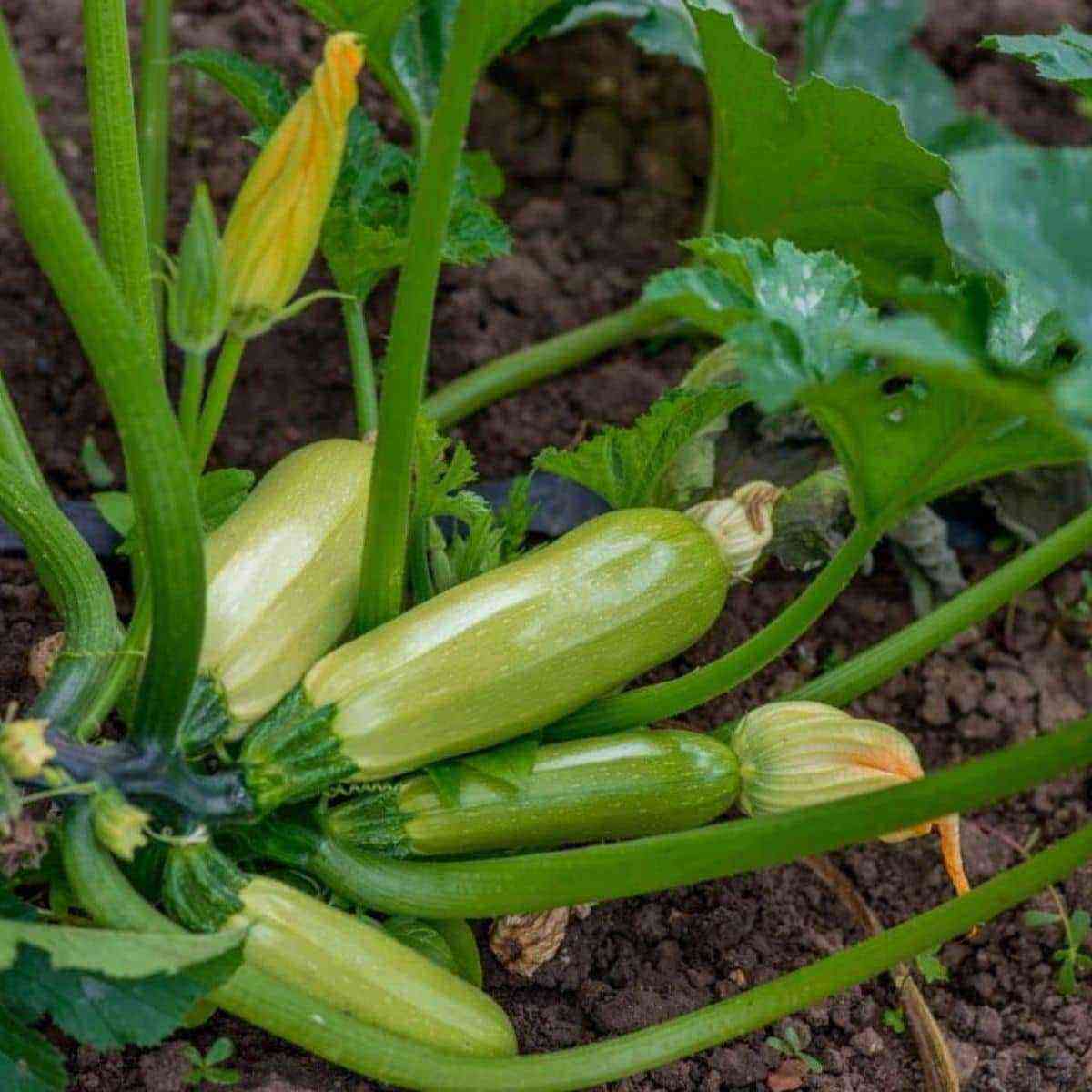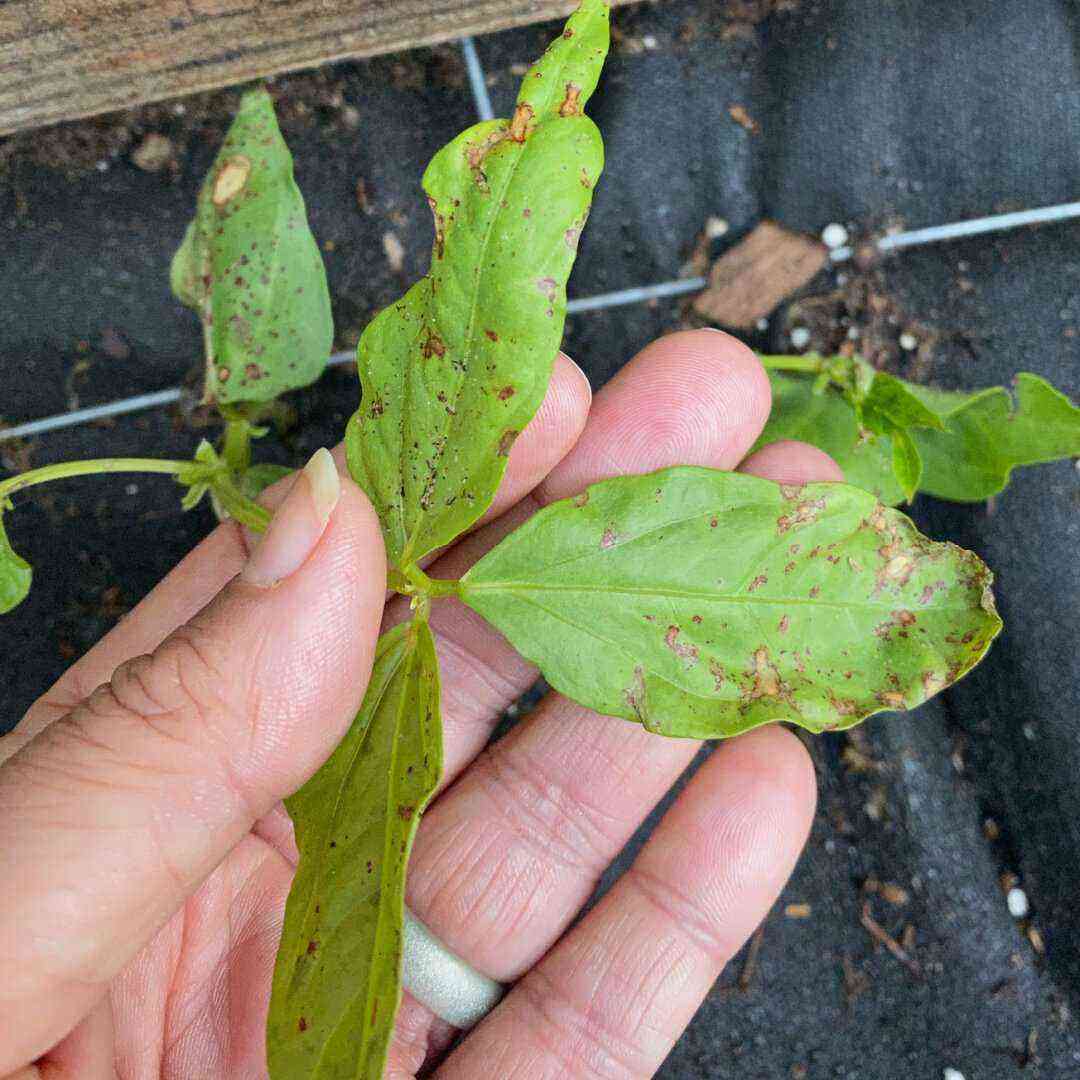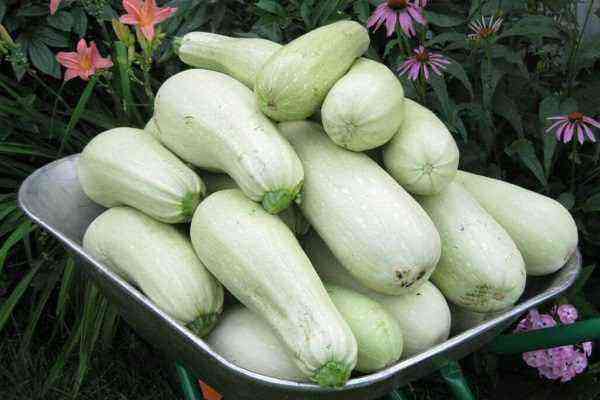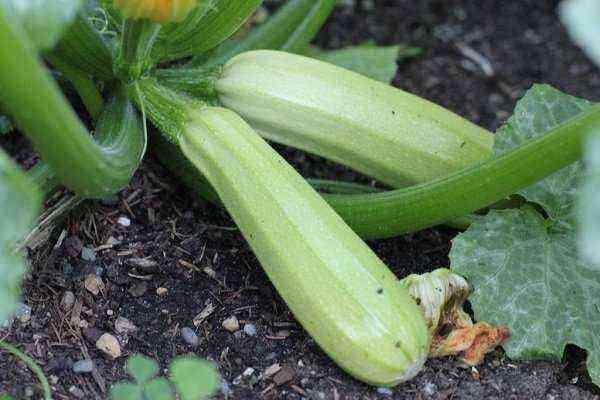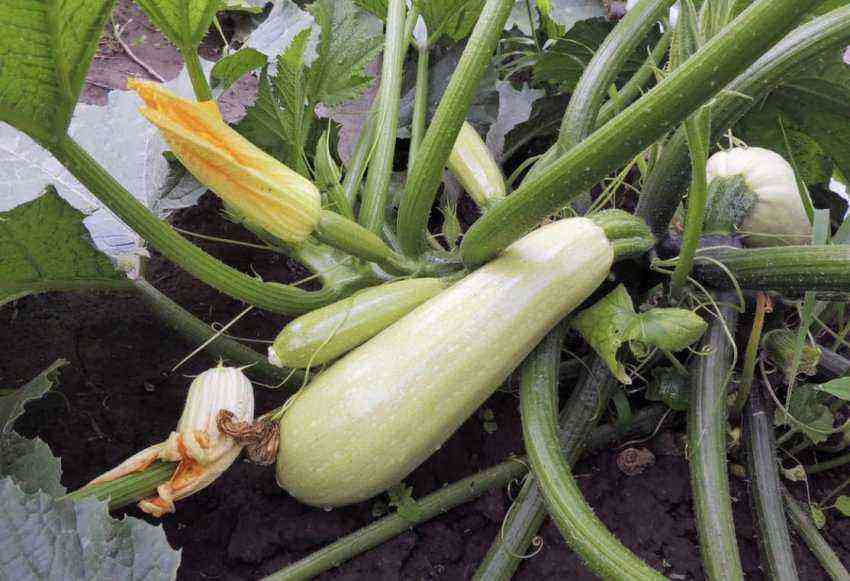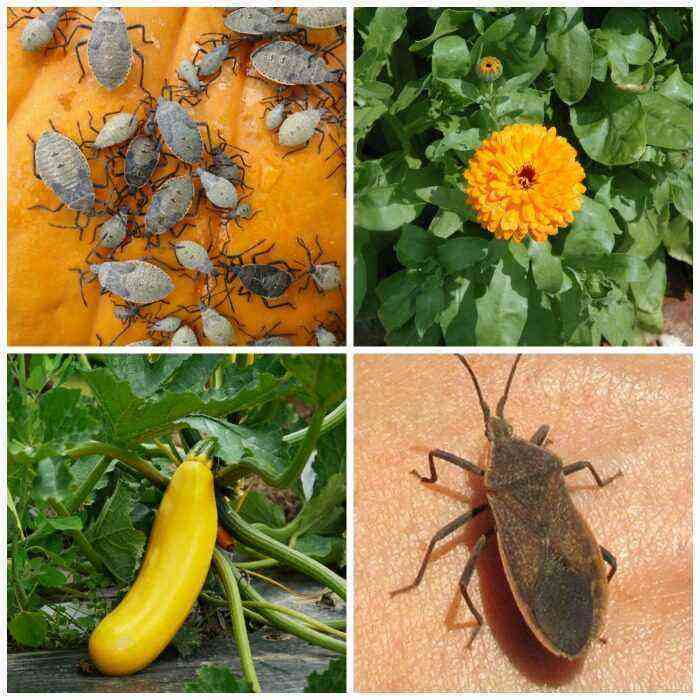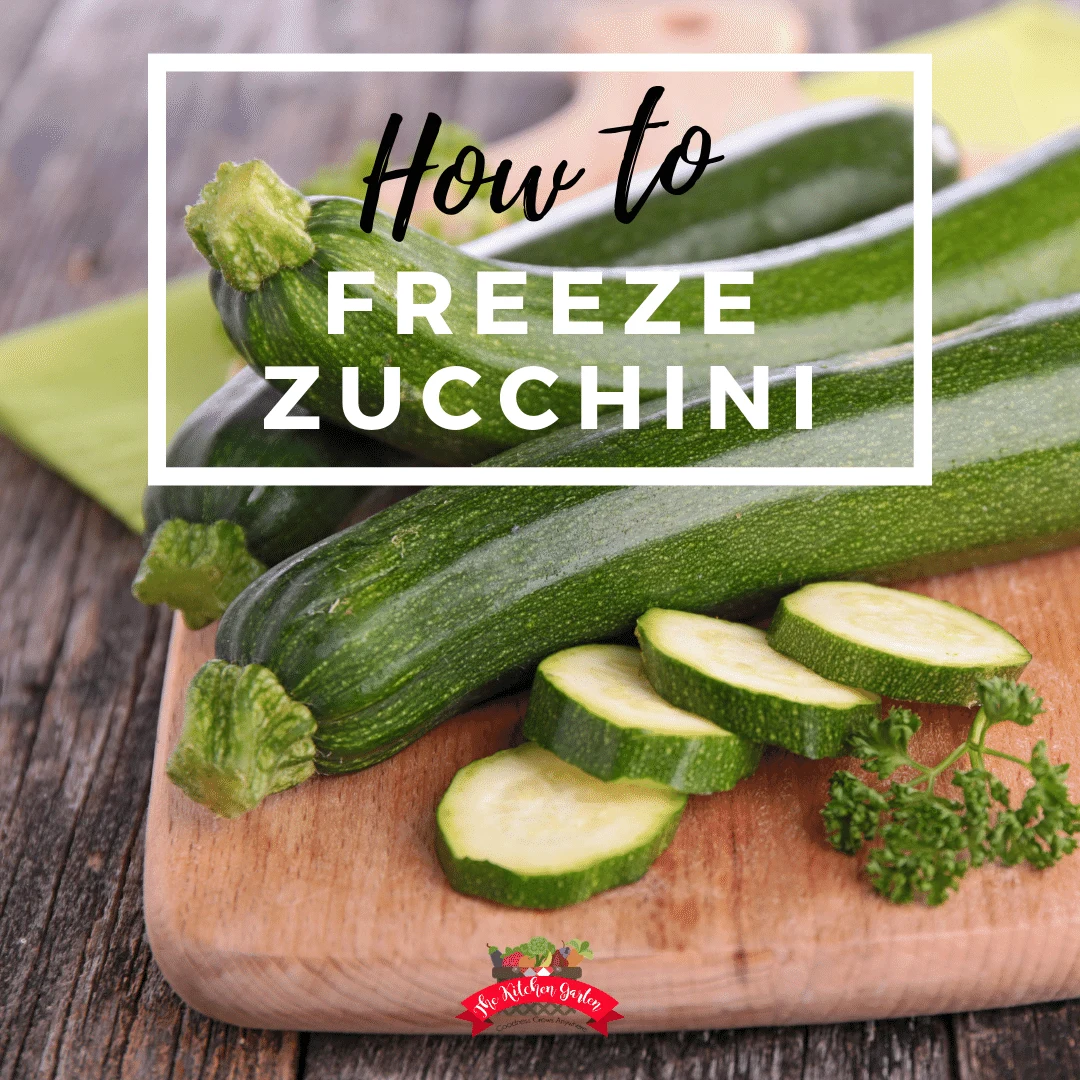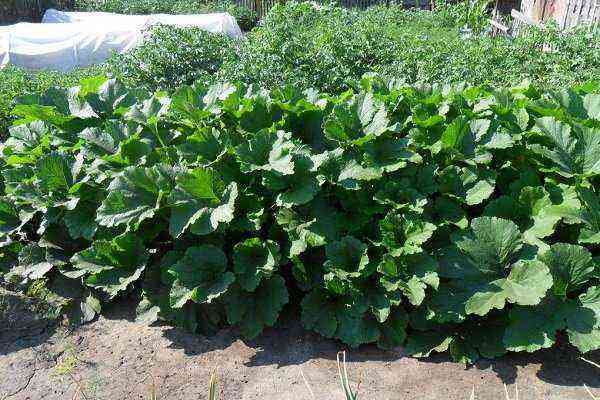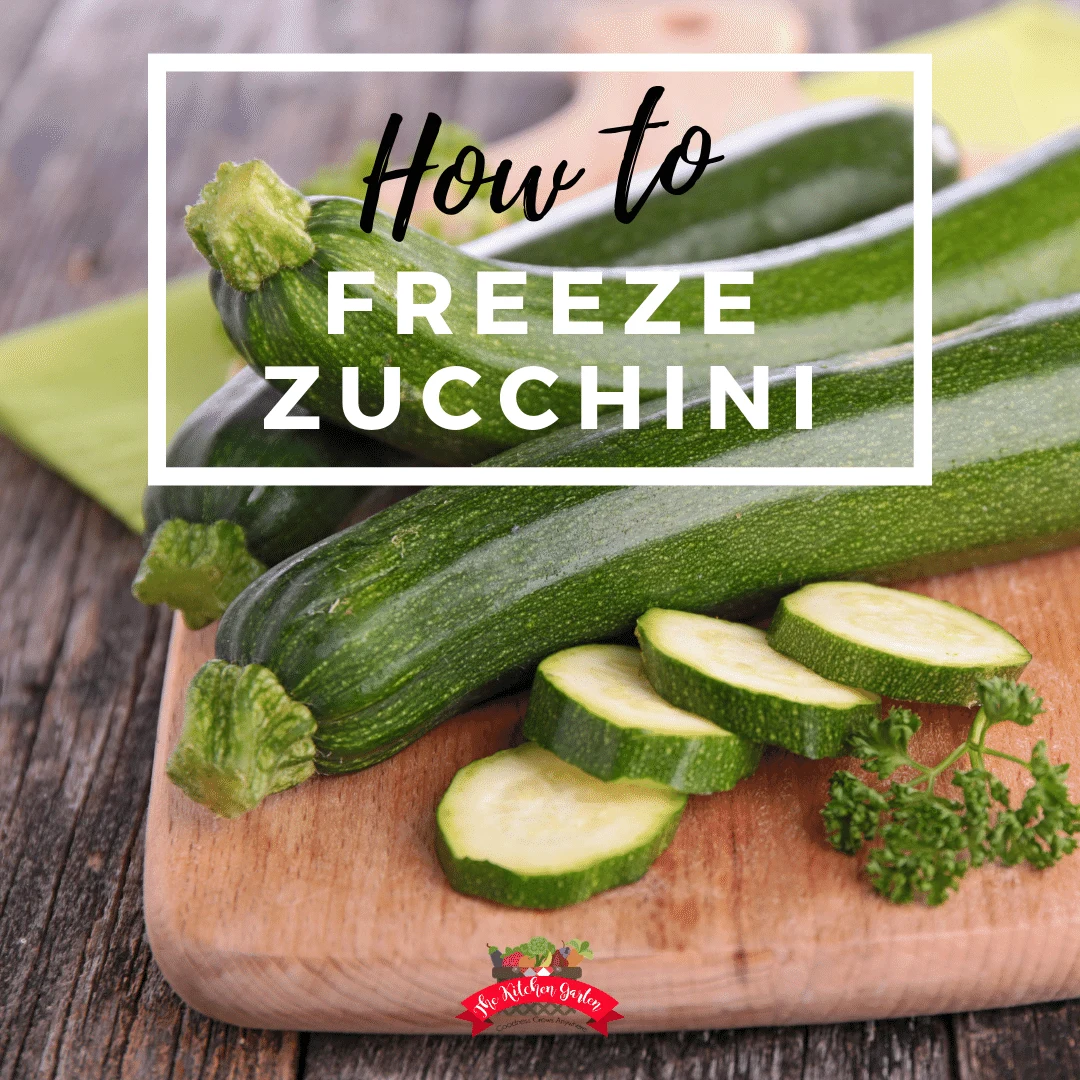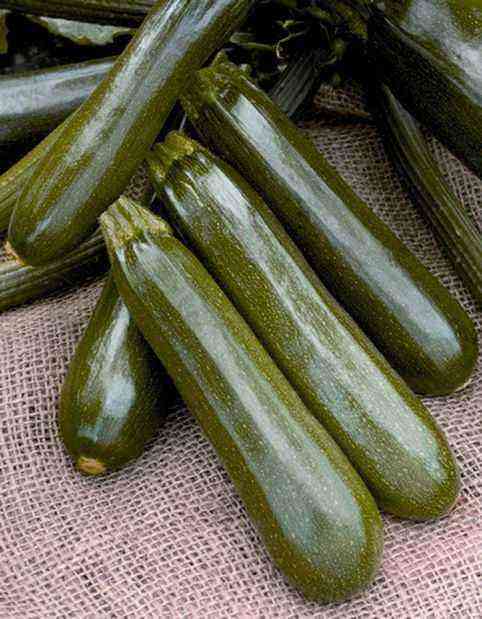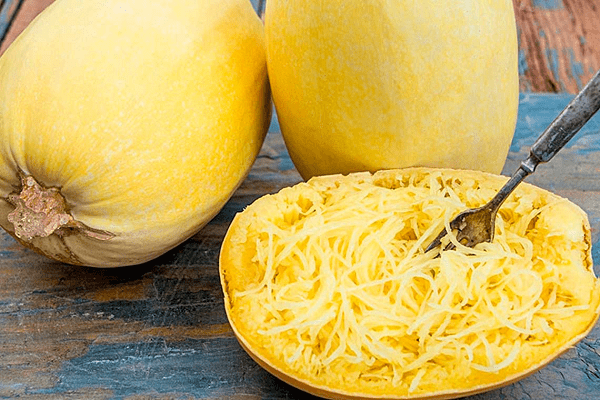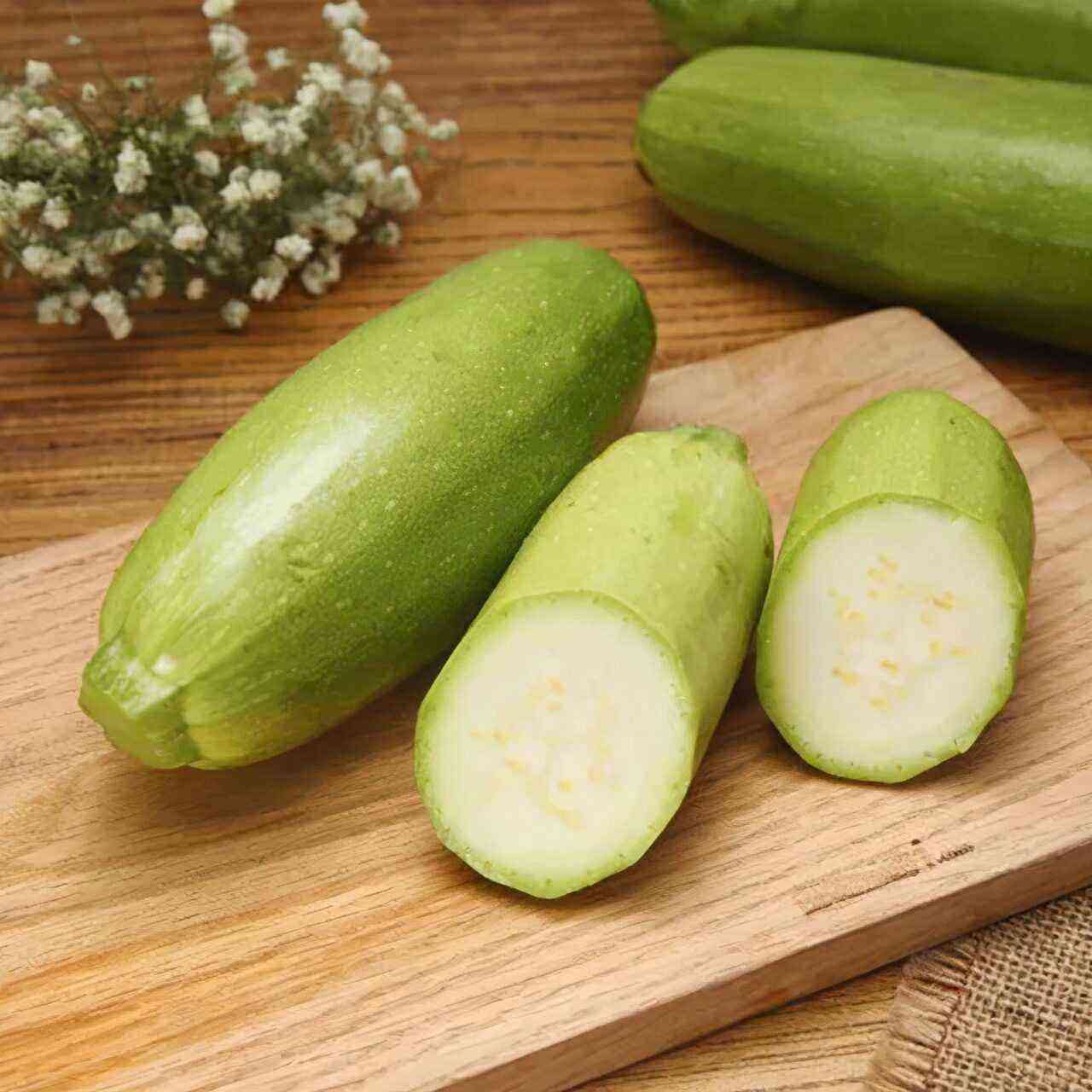Top dressing is an important agrotechnical measure in the cultivation of zucchini. Fertilizers must be applied in stages. There are several types of dressings for zucchini, each of which has its own purpose. Substances must be used in a certain dosage.
The need for fertilizing zucchini
Fertilizers are applied several times, including at the stage of soil preparation for planting. Feeding has several purposes:
- optimization of the chemical composition of the soil, increasing its fertility;
- stimulation of growth and development of culture, the formation of ovaries and fruits;
- prevention of diseases and pests;
- increased yields – indicators can double or even more;
- ensuring good taste characteristics of fruits;
- improving the chemical composition of fruits – increasing the amount of sugars, vitamins and other useful elements.
Proper feeding of zucchini is useful, but the use of fertilizers can also lead to the opposite effect – harm the crop. This happens with the abuse of top dressing, incorrect dosages, the use of only one type of fertilizer.
Fertilization steps
You need to feed zucchini in stages. Fertilization at each stage pursues its own goals and has a number of features.
Spring preparation of beds
The site is dug up in the fall, the same treatment is repeated in the spring. Be sure to remove all weeds and apply the first fertilizer.
For zucchini, compost or humus is used; the use of fresh manure is unacceptable. It is recommended to apply 2-3 kg of organic matter per square meter, adding mineral fertilizers – 2 tbsp. l. potassium and 20 g of nitrophoska.
First feeding
Zucchini can be planted with seeds or seedlings. The first top dressing is carried out 1,5 weeks after sowing the seeds, regardless of the chosen method of planting the crop. Fertilization at this stage helps to strengthen the root system and its proper formation, stimulates the growth of shoots.
Nitrogen must be added to the first dressing in order for the crop to grow green mass. Effectively use organic and mineral fertilizers together. They are introduced in the root way.
When top dressing at the seedling stage, it should be remembered that the concentration of the compounds used should be half that for adult plants.
After planting seedlings in the ground
Fertilizers are needed a week after planting. Additional nutrition at this stage contributes to the rooting of seedlings, activates its growth and development. Fertilizers are applied under the root. You can use different top dressings, but it is recommended to focus on inorganic substances.
During flowering
When inflorescences appear on zucchini, they resort to organic fertilizers or folk methods. This provides additional nutrition for the culture.
Yeast top dressing is effective at the beginning of flowering. Yeast contains various vitamins and elements, their composition is very rich. Fresh product should be used, not dry mix in sachets. When preparing the infusion, you can add wood ash.
During flowering
At this stage, zucchini needs more potassium, phosphorus and nitrogen. The problem is solved by applying mineral fertilizers. You can mix different substances yourself or resort to ready-made combinations. Fertilizers are applied under the root. Effectively use a solution with ammonia.
You can also carry out foliar top dressing. To prepare the solution, take mullein and nitroammofoska.
During fruiting
It is necessary to use fertilizers at this stage especially carefully, since they can affect the chemical composition of the fruit. You can feed the culture with organic matter or use safe mineral compounds.
Fertilizing zucchini during fruiting stimulates the growth of fruits, improves their taste characteristics and quality. It is effective to use potassium preparations, urea, superphosphate for this.
Types of fertilizers for zucchini
Fertilizing the culture is carried out with various substances: organic and mineral fertilizers, complex compounds and folk remedies. They can be applied root or foliar.
Root top dressings are considered basic. Fertilizer solutions are most often used, but some are applied dry. Substances go to the roots, but it takes a certain time.
Foliar top dressing involves spraying the leaves. The plant receives nutrients faster, but in smaller quantities, since concentrated solutions cannot be used. Foliar top dressing is carried out additionally, often for the prevention of diseases and pests.
Organic Fertilizers
These top dressings are of vegetable or animal origin. For zucchini, manure, compost, humus, and wood ash are more often used.
The introduction of organic matter has many goals:
- improvement of soil structure;
- release of carbon dioxide for air supply of culture;
- activation of the growth of zucchini and stimulation of their development.
The following organic fertilizers are popular:
- Mullein. It is effective to use before flowering. Fertilizer must be diluted with 10 parts of water, mixed and watered plants under the root. A bucket of infusion is distributed into 10 bushes.
- Fresh chicken manure. It is good to use during flowering. It must be diluted with 3 parts of water. Additionally, you can use a complex mineral fertilizer, diluting 1 tbsp. l. in a bucket of water. This composition is used for root dressing, a bucket of infusion is distributed over 5 plants.
- Wood Ash. It contains dozens of vitamins and other useful substances. For root dressing, a solution of the product is effective – for each liter of water, add 3 tbsp. l. ash, insist a week. Water the zucchini, spending 0,5 liters of the composition. Be sure to water the culture with plain water after feeding.
- Effecton. Ready-made organic fertilizer based on compost. It is used for both root and foliar dressings. In the first case, a bucket of water needs 200 g of the drug per bucket, in the second – 30 g.
You can not use only organic matter to feed zucchini. It is necessary to correctly combine it with mineral fertilizers.
Mineral Fertilizers
Thanks to minerals, biochemical processes are accelerated, which ensures the growth and formation of plants. Their use also serves other purposes:
- increase in productivity;
- improvement of fruit quality;
- increasing the resistance of culture to drought, cold, disease.
Mineral fertilizers are usually used not one at a time, but in combination, combining 2-3 substances in one top dressing:
- For the first top dressing after germination, a mixture of 40 g of superphosphate and 20 g of ammonium and potassium nitrate per bucket of water is effective. Zucchini with such a solution should be poured under the root, spending 1 liter per bush.
- During the fruiting period, potassium-phosphorus fertilizers will be needed. You can take superphosphate and potassium nitrate, you need 50 g of each element per bucket of water. Top dressing is applied by the root method, spending 1,5 liters per bush.
Urea helps to improve crop growth and reduce the risk of disease. It is entered in two ways:
- Foliar top dressing. It is necessary to dissolve 15 g of the substance in a bucket of water, add 5 g of manganese sulfate and 4 g of copper sulfate. Spraying can be carried out three times per season with an interval of at least 2 weeks. With poor growth of zucchini, weak stems and pale foliage, it is useful to spray them with a solution of urea – 10 g per bucket of water. Spraying can be done several times before flowering.
- Root feeding. To do this, dissolve 10 g of the substance in a bucket of water. Effectively fertilize plantings several times – during flowering and when pouring fruits. Leave at least 1,5 weeks between feedings.
It should be remembered about the moderation of fertilizer application and compliance with dosages. Mineral deficiency increases the risk of infectious diseases, but their excess is harmful.
Ready-made complex compositions
Such fertilizers are universal or designed for specific crops. Their use makes life easier for gardeners, because you do not need to prepare the mixture yourself – you only need to dilute the concentrate in the right proportions.
Among the popular complex fertilizers for zucchini, gardeners distinguish the following:
- Nitroammophoska. It is applied even before sowing the seeds in dry form, 40 g per 1 sq. m. During the growing season, prepare a solution of 20 g of fertilizer per bucket of water. Watered under the root, spending a liter per bush. The first top dressing can be carried out 2 weeks after sowing the seeds, again during flowering when the ovaries are formed.
- Bud. There are several varieties of this fertilizer. Use it to stimulate growth, flowering, fruit formation. Foliar top dressing is carried out, adding 20 g of funds per bucket of water.
- Biohumus. Complex of organic and mineral fertilizers. Liquid preparation is added in 100 ml per bucket of water. The solution is used for root dressings, they can be carried out once a week. You can also do foliar top dressing by adding 25 ml of liquid to a bucket of water.
Folk remedies
These fertilizers are safer than many chemical compounds from the store, if used correctly. There are several options for fertilizing zucchini with folk remedies:
- Sugar syrup. For 1 liter of water, 0,5 kg of sand will be required, additionally add the oil of any honey plant. The resulting composition is used foliar method. It attracts bees, which provide pollination of the crop – this is necessary for the formation of ovaries.
- Ammonia. This tool is used instead of nitrogen fertilizers. Apply it for the first top dressing. You need to add 1 tbsp. l. funds for a bucket of water. The composition is suitable for any type of top dressing.
- Yeast. It is necessary to dilute 100 g of the product in 0,5 liters of warm water and leave for a day. Add the resulting mixture to a bucket of water, pour the culture under the root.
- Green manure with yeast. The composition is saturated with nitrogen, it must be used wisely. For cooking, you need to fill the bucket with grass by a third, it is better to use nettles. Add 50 g of yeast and warm filtered water to the top. Infuse for 2 days, apply after filtering.
- Iodine. After such top dressing, plants increase immunity and resistance to diseases, they better absorb nitrogen. Fertilizer is applied under the root, 10 drops of iodine are needed for 40 liters of water. Top dressing is best done during flowering or fruit formation.
- Boric acid. This tool promotes the synthesis of nitrogen and the absorption of potassium, stimulates the formation of ovaries, and has a positive effect on the taste of fruits. It is effective to use top dressing before sowing by spilling the beds with a solution of 2 g of the substance per 10 liters of water. For 1 sq. m need 1 liter of fertilizer. Boric acid is also used when fruits rot as a foliar top dressing. To do this, dissolve 4 g of the substance in a liter of hot water, then dilute in 20 parts of ordinary water.
- Lukovaâ Husk. Infusion from it is the prevention of many diseases. The husk must be boiled in an arbitrary amount, filtered and diluted with water – the color should resemble tea. This infusion is used for foliar feeding.
How to understand that zucchini needs to be fed?
During the cultivation of zucchini, the beds should be inspected regularly. The following signs indicate the need for top dressing:
- slow fruit growth
- pale color of leaves;
- yellowing of the leaves of the lower row;
- twisting the leaves around the edges;
- fragility and fragility of stems and leaves;
- a lot of greenery, but no inflorescences;
- signs of fungal diseases;
- few fruits;
- withering of fruits, yellow spots on them.
For information on how to feed zucchini with iodine and boric acid, see the following video:
Proper application of fertilizers when growing zucchini will lead to the desired result – a plentiful and high-quality harvest. Thanks to fertilizers, the culture grows and develops better, the fruits grow larger, accumulate the necessary elements.
